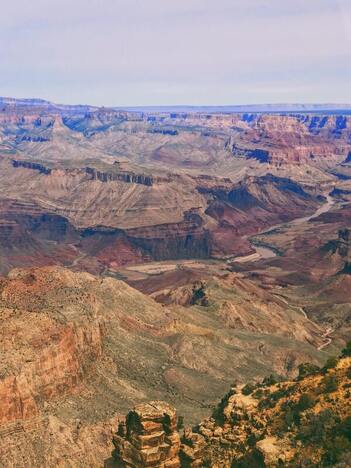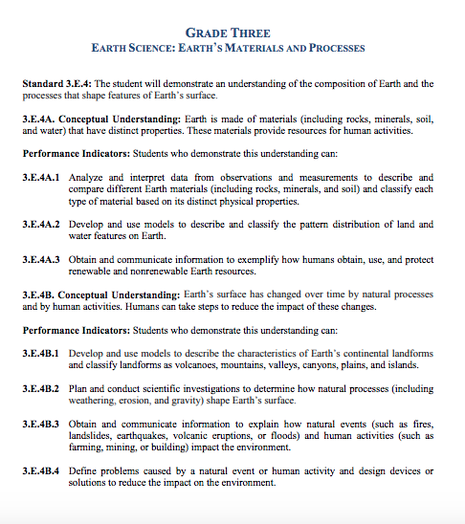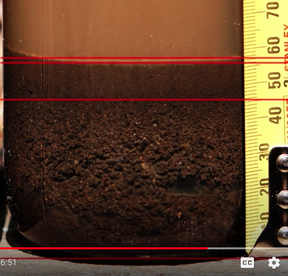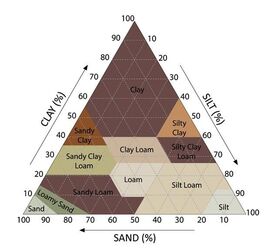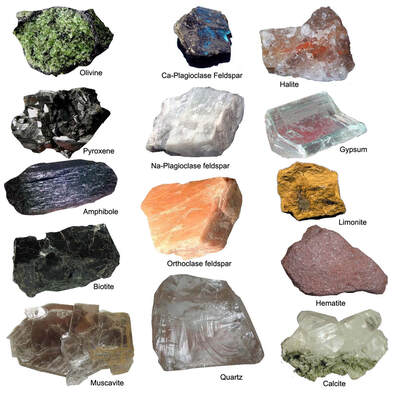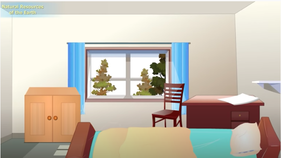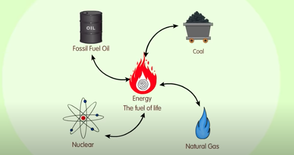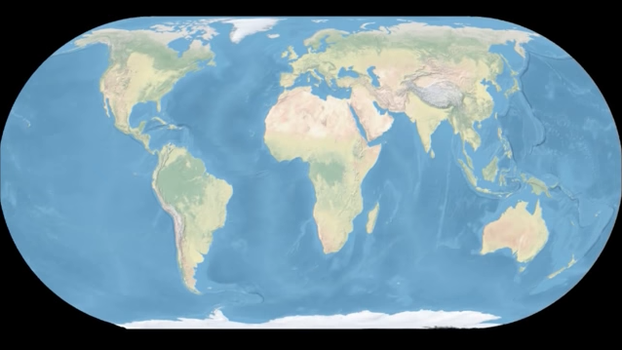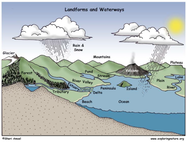3.E.4 Earth Science: Earth's Materials and Processes
3.E.4A.1 Soils, Rocks, and Minerals
|
|
Enjoy this video. While you enjoy, answer these questions.
1. What are the 4 main things that make up dirt? 2. The narrator says soil is where plants get their food. Is she right about that? What word should she have used to make her statement more true and less confusing? 3. What is humus? 4. If we dug a deep hole and could see all of the layers of soil, what would the layers be from top to bottom? |
|
If you are interested in soils, try this simple soil test. To do it you will need the following:
|
|
|
Study the screenshot from the video:
How many millimeters of sand? ______ How many millimeters of silt? ______ How many millimeters of clay? ______ |
A few calculations reveal that the
soil contained: 5% clay 20% silt 75% sand How would you you classify the soil based on the triangle below? What else can you learn from this triangle? |
|
There are 3 basic types of rocks: Igneous, Metamorphic, and Sedimentary. Watch the video to learn more. Complete the graphic below in your Science journal.
|
|
What rocks can you find outside near your home?
How would you classify them?
How would you classify them?
|
Now that you have learned about soil and rocks, what do you know about minerals? Watch the video. Copy and answer the questions in your Science journal. 1. How are rocks and minerals related? 2. What are some examples of rocks? 3. What are some examples of minerals? |
|
|
One way in which minerals are classified is by their hardness. Answer the questions below in your Science journal.
1. Which is the softest mineral shown here? 2. Which mineral is almost as hard as diamond? 3. Which 2 minerals could be scratched by someone's fingernail? 4. Which mineral would be able to be scratched by a steel nail, but would be too hard to be scratched by a knife or glass plate? 5. Which 2minerals are too hard to be scratched by even a masonry drill bit? Another way in which minerals are classified is by their luster, or shininess. Minerals can be classified in the following ways:
|
3.E.4A.3 Natural Resources
The Earth is made of things like soil and rocks and water and air. Humans and other living things need these things to help them function. We call these items natural resources. Natural resources can be renewable, which means they can easily be replaced and we don't typically run out of them. Other natural resources, such as coal and oil, are nonrenewable because they take many years to form. If we are not careful, we can run out of them before they can be replaced.
Watch this video about Natural Resources.
In your Science journal, make the graphics below and complete them based on what you learn in the video.
In your Science journal, make the graphics below and complete them based on what you learn in the video.
3.E.4B.1 Characteristics of Earth's Landforms
3.E.4B.2 Earth's Changing Landscape Teachers Only
3.E.4B.2 Earth's Changing Landscape Teachers Only
Watch this video. You may need to pause it to write down certain information.
Complete the assignments below in your Science Journal.
Complete the assignments below in your Science Journal.
|
The video mentioned Earth's changing landscape.
How do weather, erosion and gravity change Earth's surface? |
Check your answers here.
Think about your travels, which of these landforms have you seen? Think about your neighborhood. Which of these landforms are nearby? |
3.E.4B.3 Ways in which natural events change the environment.
3.E.4B.4 Ways in which we can prevent or reduce damage from natural events.
3.E.4B.4 Ways in which we can prevent or reduce damage from natural events.
Natural events such as fires, landslides, earthquakes, volcanic eruptions, and floods happen on Earth everyday. These events can disrupt human lives. Engineers work to develop ways in which lives can be saved and damage to property can be reduced.
Teachers, this is a great time for some class discussion. Consider having students build models and testing them agains wind, shaking, water, etc.
Teachers, this is a great time for some class discussion. Consider having students build models and testing them agains wind, shaking, water, etc.
|
This video has no sound.
You see the results of heavy rainfall resulting in flooding in Miami, Florida. What do we do to keep people safe during a flood? What more could be done to keep the people safe? |
An earthquake in Sparta, NC was felt all the way in South Carolina during August 2020. Did you feel it?
There is no warning system for an earthquake, so how can we keep people safe? How many years has it been since an earthquake of this magnitude has struck this area? |
You probably don't live in Hawaii, but there are people who live there.
What can be done to keep people safe when a volcano erupts? The narrator of the video talks about sulfur dioxide in the air and magna accumulations - how can people be kept safe during a natural event such as this? |

